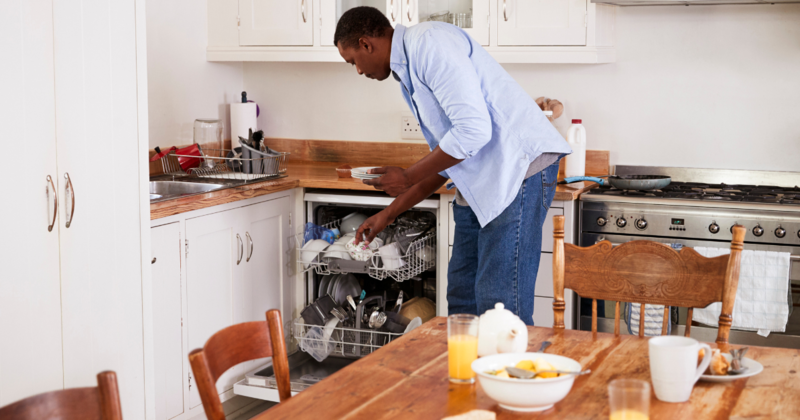Whether you’re doing it for fun or transportation, there are many benefits to riding a bike. It’s good for the environment and adds physical activity to your day.
Now that the weather is warmer, bike rides may become more popular for all ages. However, there are also hazards to look out for depending on where you ride your bike. Even with dedicated bike lanes, there are other cyclists to share the road with, as well as pedestrians and cars.
To keep yourself and others safe, brush up on your bicycle safety knowledge — and the insurance coverage available to you.
Bicycle Safety Tips
- Always wear a helmet. Make sure it fits snugly, and choose the appropriate type (recreational, road or mountain bike) to match the type of cycling you enjoy.
- Follow the rules. When riding in traffic, you should follow the same rules as cars: Obey stop signs, traffic signals and lane markings. Ride in the same direction as traffic instead of against it.
- Signal your turns. Use hand signals to let fellow road users know when (and where) you’re turning.
- Make yourself visible. Bright clothing, safety vests and front and rear bike lights will help others see you, especially at night or in low-light conditions.
- Be aware of your surroundings. Just as you would when driving, avoid distractions when riding your bike. Keep your eyes and ears open for other cyclists, cars and pedestrians.
Insurance Coverage for Cyclists
Check your homeowners or renters insurance policy to see if it offers protection. If your bike gets stolen from your home, it may be covered under personal property loss, and you may also have liability coverage for causing injury or property damage while riding.
If you ride your bicycle a lot or have a high-end model, you may want to consider stand-alone bicycle insurance. These policies offer coverage for theft, accidental damage, medical bills and more.
Finally, when riding rented bikes, ask the rental company if they provide insurance (and check your own insurance policy).
Do you have questions about bicycle or other types of insurance?
Get in touch for help.










